There’s something magical about watching a sea turtle emerge from the waves under a moonlit sky, ready to lay her eggs in the warm sand. These ancient mariners have been making their way to specific beaches for millions of years, turning certain coastal towns into front-row seats for one of nature’s most incredible shows. From the Atlantic to the Pacific, these beaches serve as nurseries for multiple turtle species — each with their own timing and nesting preferences.
Finding the perfect spot to witness this natural wonder isn’t just about luck, though. Here is a list of 16 beach towns where sea turtles regularly nest, offering visitors the chance to experience this unforgettable spectacle.
Tybee Island, Georgia
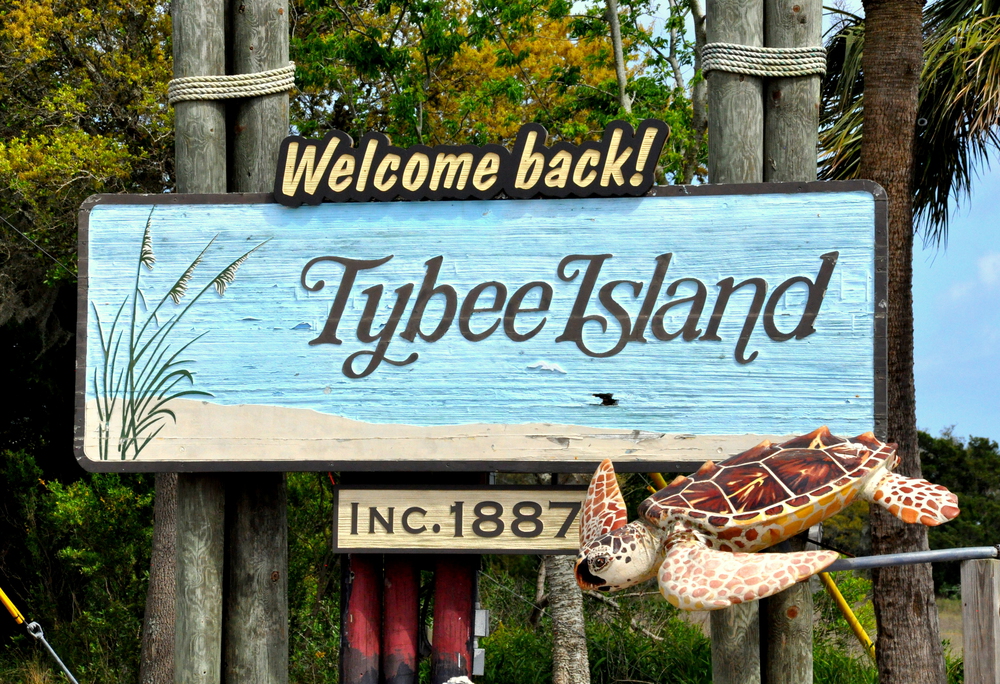
— Photo by khairil77
Just 20 minutes from historic Savannah, Tybee Island’s wide, sandy beaches become a loggerhead turtle haven from May through October. Peak nesting season hits in June and July — when the island’s conservation groups run guided turtle walks that let visitors observe these massive creatures while learning about their fascinating life cycles. The town’s laid-back vibe makes it easy to plan a turtle-focused vacation, especially since you can combine beach time with Savannah’s incredible restaurants and attractions. Local volunteers patrol the beaches nightly during nesting season, marking and protecting nests until the hatchlings emerge.
Fernandina Beach, Florida
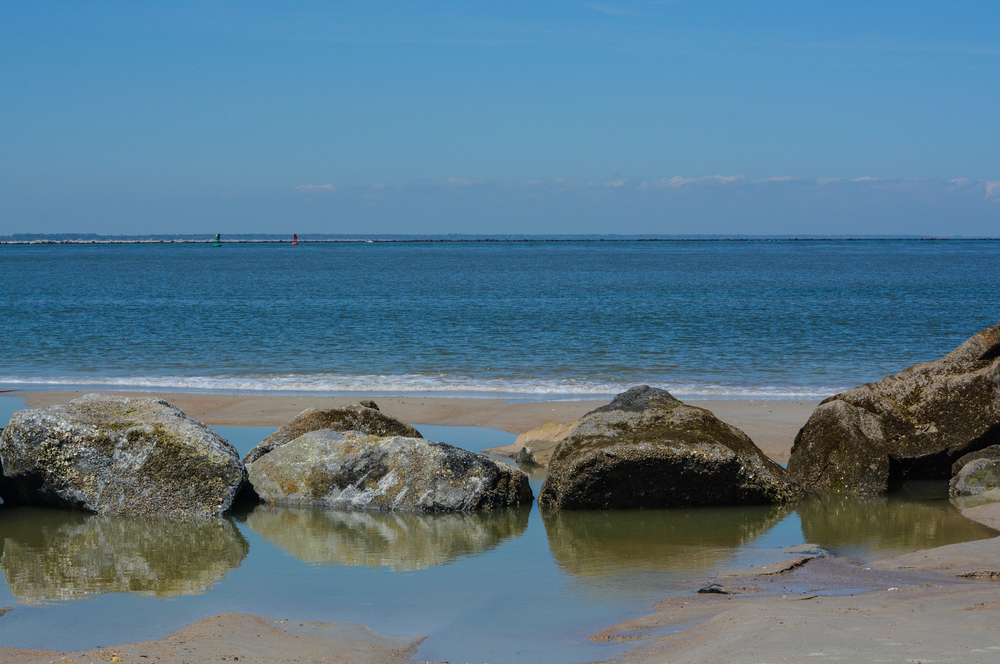
This charming Victorian-era town on Amelia Island has been hosting sea turtles longer than it’s been hosting tourists. Loggerheads dominate the nesting scene here, though green turtles and the occasional leatherback also nest along the 13-mile stretch of pristine sand. The beach offers plenty of space for both turtles and the dedicated volunteers who monitor their nests throughout the season. Fernandina Beach’s historic downtown — with its working shrimp boats and antique shops — creates the perfect coastal atmosphere for any turtle-watching trip.
Juno Beach, Florida
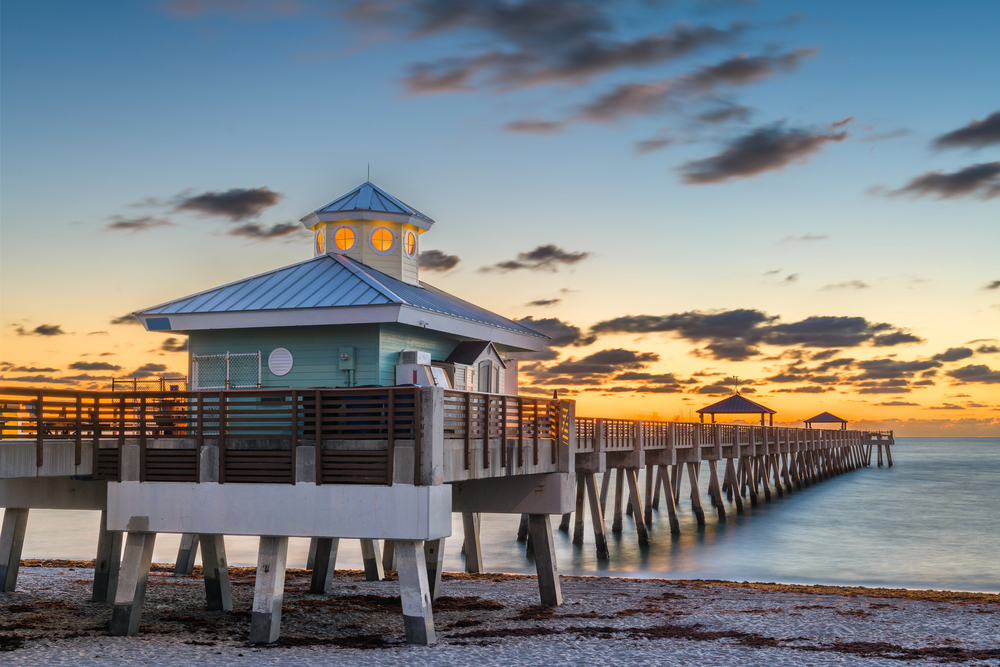
Juno Beach takes turtle conservation seriously, earning recognition as one of the most important nesting sites worldwide. The town’s beaches see thousands of turtle nests each year, with loggerheads, green turtles, and leatherbacks all choosing this particular stretch of coast. The Loggerhead Marinelife Center, located right in town, offers educational programs and turtle hospital tours that complement any beach visit perfectly. Peak nesting season runs from May through August — when guided turtle walks through the center become available to visitors.
Hilton Head Island, South Carolina
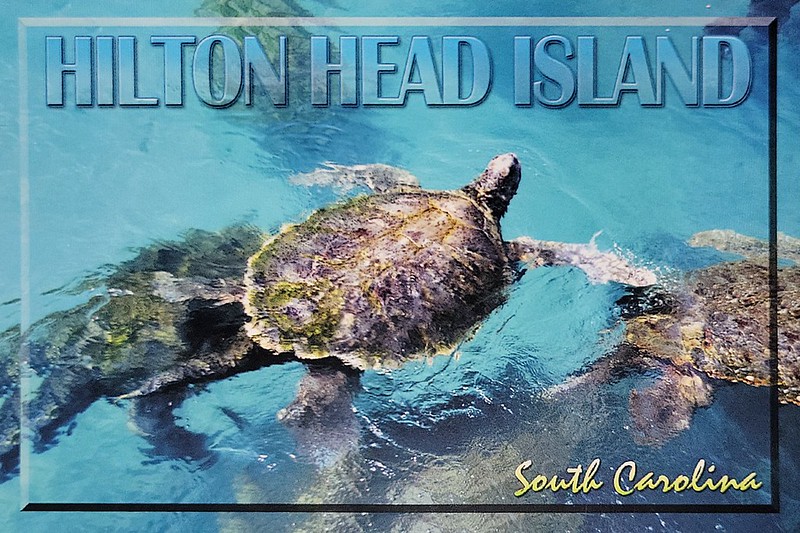
Hilton Head’s 12 miles of beaches provide prime real estate for loggerhead turtles, who return here year after year like clockwork. The island’s Sea Turtle Protection Project has been monitoring nests since 1973 — making it one of the nation’s longest-running sea turtle conservation programs. Visitors can join turtle walks during nesting season or simply keep an eye out for the distinctive tracks that mark where a turtle has visited. The island’s golf courses and resorts make it surprisingly easy to combine turtle watching with other vacation activities.
Outer Banks, North Carolina
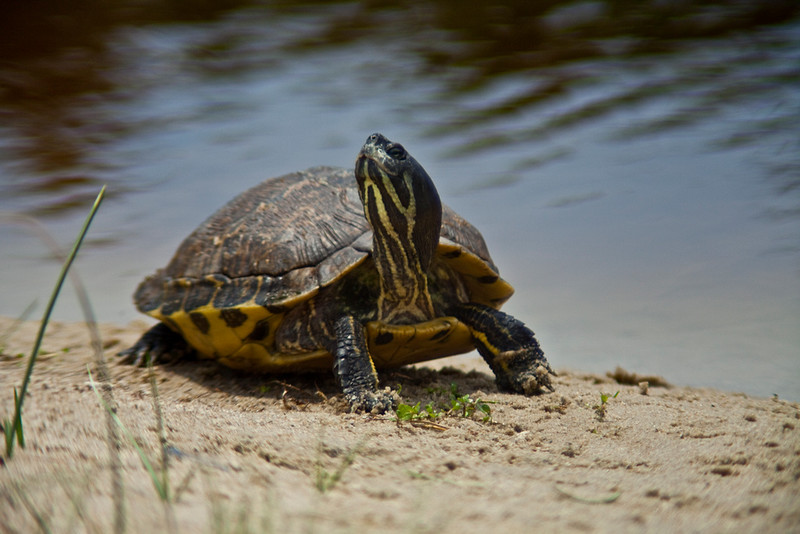
The Outer Banks’ barrier islands create a natural haven for sea turtles, with loggerheads being the most common visitors to these windswept shores. Cape Hatteras National Seashore protects much of the nesting habitat — while towns like Nags Head and Duck offer easy access to turtle-watching opportunities. The area’s wild, undeveloped beaches provide exactly the kind of quiet environment that nesting turtles prefer. Local organizations offer turtle talks and guided walks during peak season from May through August.
Folly Beach, South Carolina
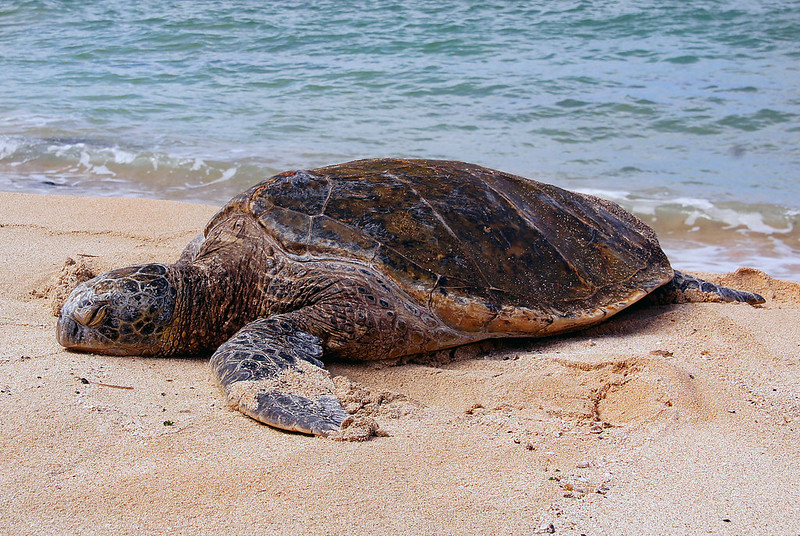
Folly Beach’s quirky, bohemian atmosphere extends to its turtle conservation efforts — where locals and visitors work together to protect nesting sites. The beach’s relatively narrow width means turtle encounters can happen almost anywhere along its six-mile stretch, though loggerheads make up the majority of nesters here. Green turtles occasionally join the party during peak season. The town’s casual dining scene and colorful beach bars make it a fun place to unwind after a night of turtle watching.
Kiawah Island, South Carolina
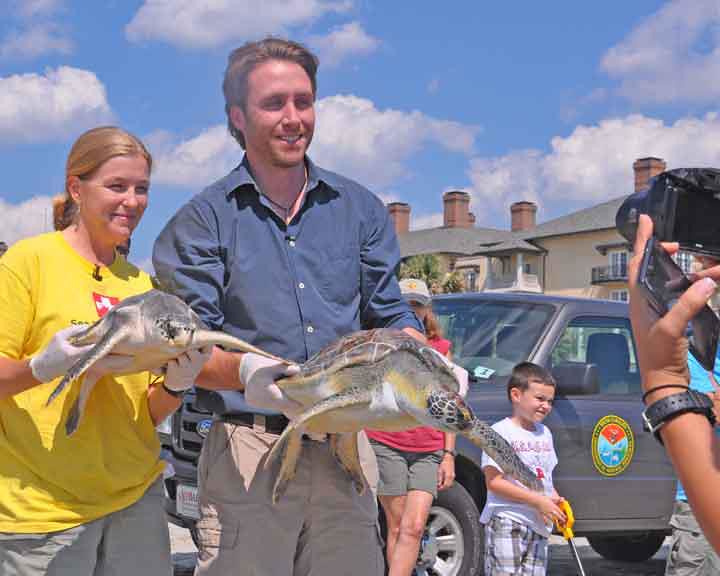
Kiawah Island’s upscale resorts sit alongside some of the most important turtle nesting beaches on the East Coast. The island’s 10 miles of beach attract hundreds of loggerhead nests each year — carefully monitored by the town’s dedicated turtle patrol volunteers. The island’s commitment to conservation means that lighting ordinances and other turtle-friendly practices are strictly enforced year-round. Visitors staying at the island’s resorts can often spot turtle tracks during early morning walks, even if they miss the actual nesting events.
Wrightsville Beach, North Carolina
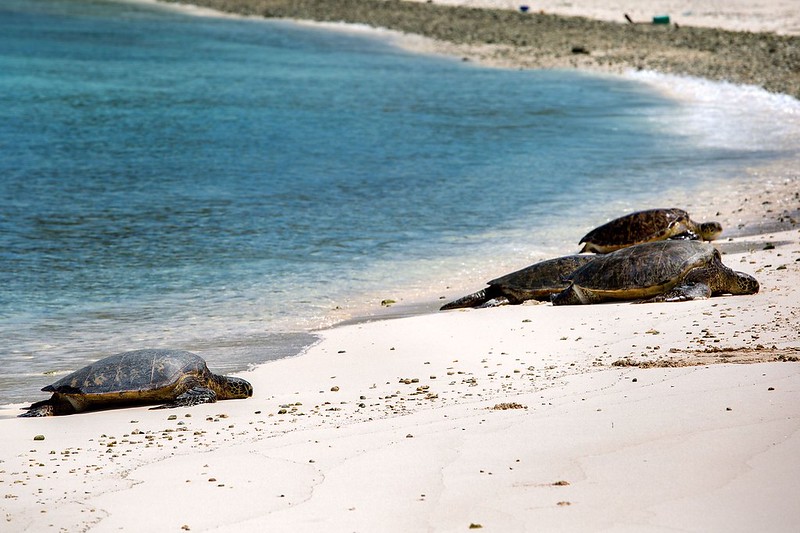
Wrightsville Beach combines small-town charm with serious turtle conservation — hosting one of North Carolina’s most successful turtle protection programs. The beach’s compact size makes it easy to cover during turtle patrols, while the town’s walkable layout means visitors can easily access different nesting areas. Loggerheads are the primary nesters here, typically arriving between May and August when water temperatures reach optimal levels. The town’s surf shops and seafood restaurants provide plenty of daytime entertainment between turtle watching sessions.
Jekyll Island, Georgia
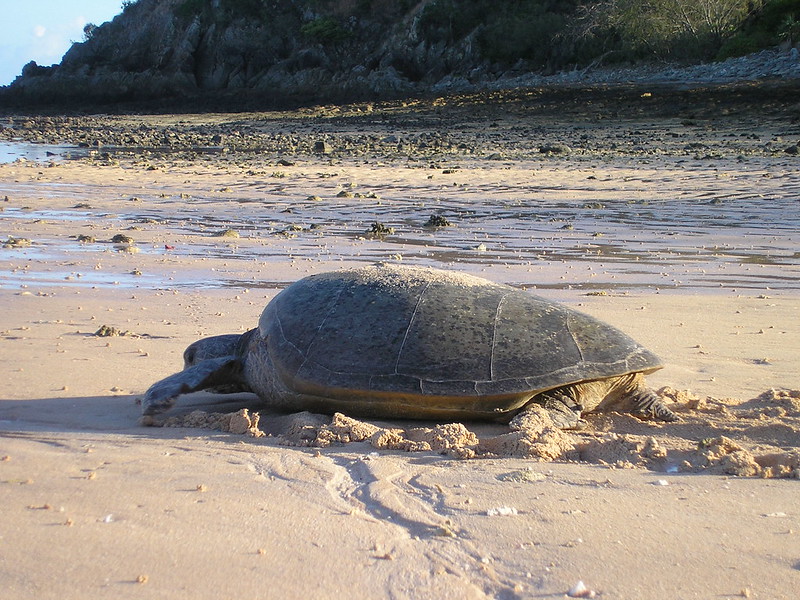
Jekyll Island’s status as a state park means its beaches remain relatively undeveloped — creating ideal conditions for nesting sea turtles. The island’s turtle center offers educational programs and guided walks that help visitors understand the complex nesting process. Loggerheads dominate the nesting scene, though green turtles and leatherbacks also make occasional appearances during peak season. The island’s historic district and outdoor activities make it a well-rounded destination for families interested in both nature and history.
Cocoa Beach, Florida
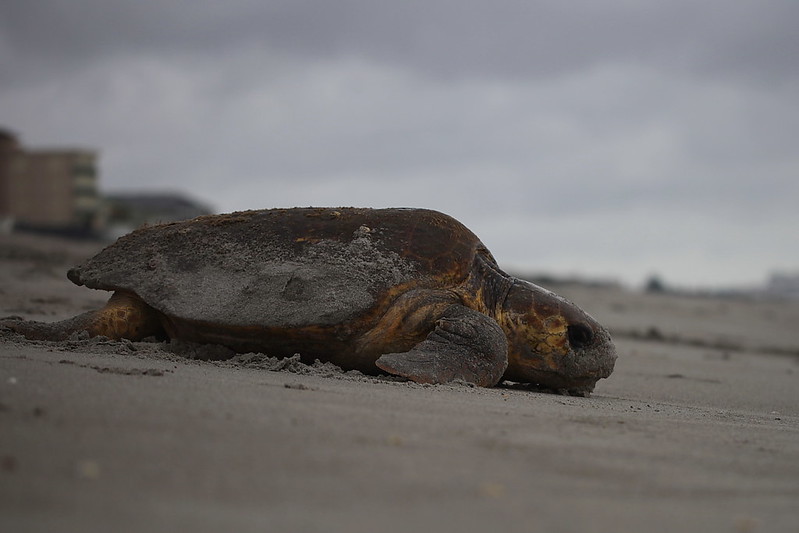
Cocoa Beach’s location on Florida’s Space Coast puts it right in the heart of one of the world’s most important turtle nesting areas. The beach’s wide, sandy shoreline attracts thousands of nests each year — with loggerheads, green turtles, and leatherbacks all making regular appearances. The town’s proximity to Kennedy Space Center adds an extra dimension to any visit, though the turtle watching alone is worth the trip. Local surf shops and beachfront restaurants make it easy to spend several days exploring the area while waiting for turtle activity.
Rehoboth Beach, Delaware
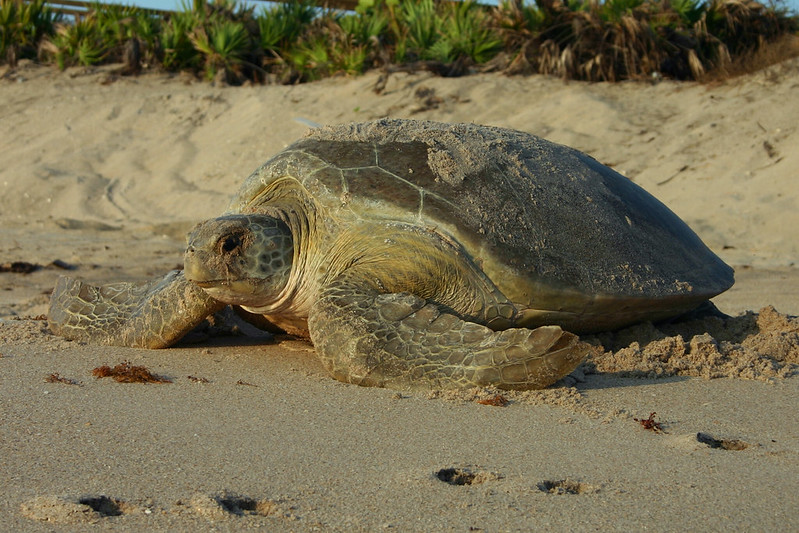
Rehoboth Beach sits at the northern edge of loggerhead nesting range, making turtle sightings here particularly special. The beach’s location means nesting season runs slightly later than southern beaches, typically from June through September when northern waters warm sufficiently. The town’s boardwalk and family-friendly atmosphere make it a great place to introduce kids to turtle conservation. While nesting numbers are lower than in southern states, the rarity of turtle encounters here makes them even more memorable.
Myrtle Beach, South Carolina
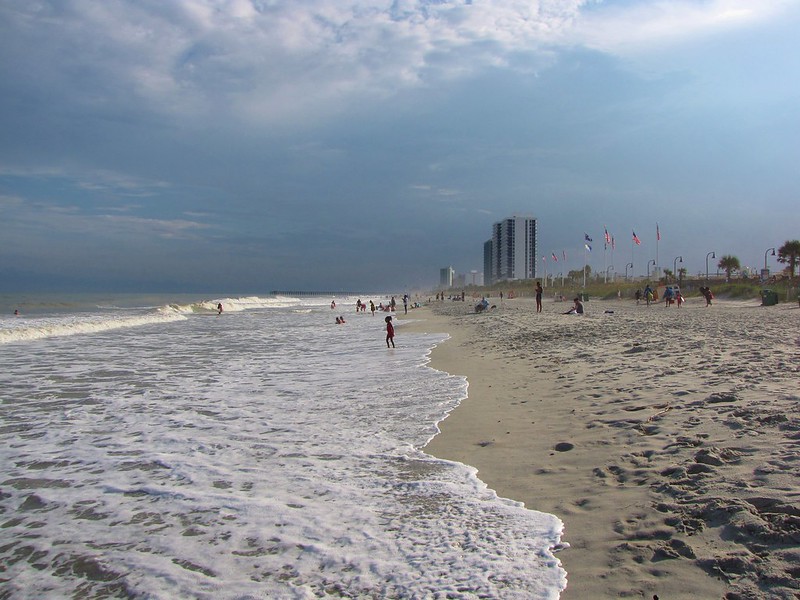
Myrtle Beach’s 60 miles of coastline provide extensive nesting habitat for loggerhead turtles, with several thousand nests recorded each year. The area’s numerous beach towns each have their own turtle patrol groups, creating a comprehensive network of conservation efforts across the entire coastline. Peak nesting season runs from May through August, with early morning beach walks offering the best chances of spotting fresh tracks. The area’s entertainment options and accommodations make it easy to plan a turtle-focused vacation.
Bald Head Island, North Carolina
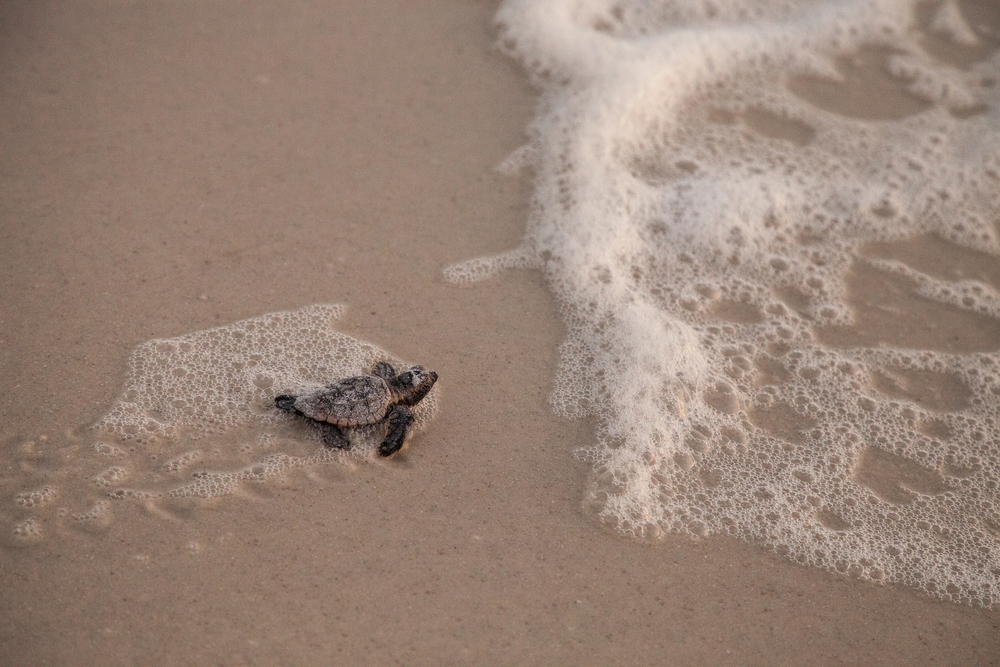
Bald Head Island’s car-free environment and pristine beaches create a peaceful haven for both turtles and visitors. The island’s turtle conservation program is one of the most successful in North Carolina, with hundreds of nests recorded each year. Loggerheads make up the majority of nesters, though green turtles and the occasional leatherback also visit these protected shores. The island’s commitment to dark skies and minimal development makes it an ideal place to experience turtle nesting as nature intended.
Sanibel Island, Florida

Sanibel Island’s east-west orientation creates unique beach conditions that attract not just shell collectors but also nesting sea turtles. The island’s strict development codes and lighting ordinances help protect turtle habitat, while local organizations offer educational programs and guided walks. Loggerheads and green turtles both nest here regularly, with peak season running from May through October. The island’s world-famous shelling also means visitors can enjoy multiple beach activities during their stay.
Ocean City, Maryland
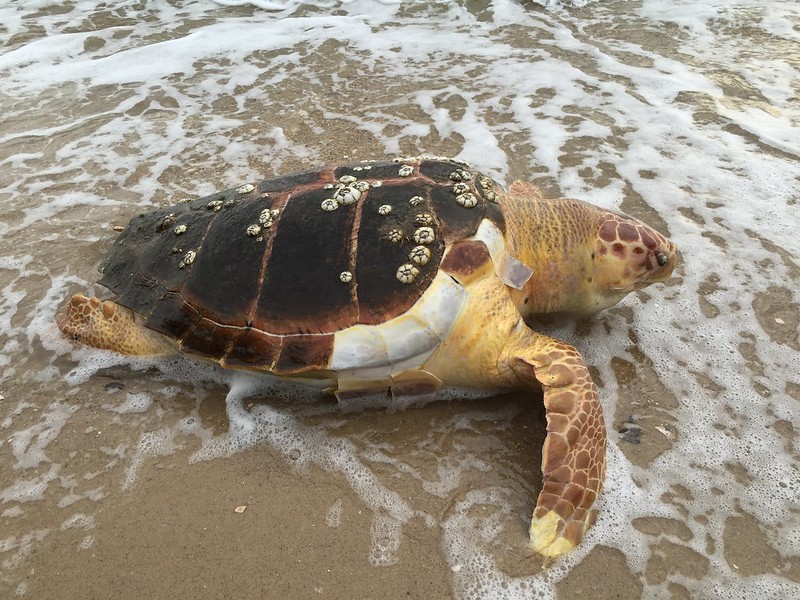
Ocean City represents the northernmost regular nesting site for loggerhead turtles on the East Coast, making turtle encounters here particularly noteworthy. The beach’s location means nesting season runs from June through September, slightly later than southern beaches. The town’s boardwalk and resort atmosphere provide plenty of entertainment between turtle watching opportunities. While nesting numbers are relatively low, the novelty of turtle nesting this far north makes each encounter special.
Huntington Beach, California
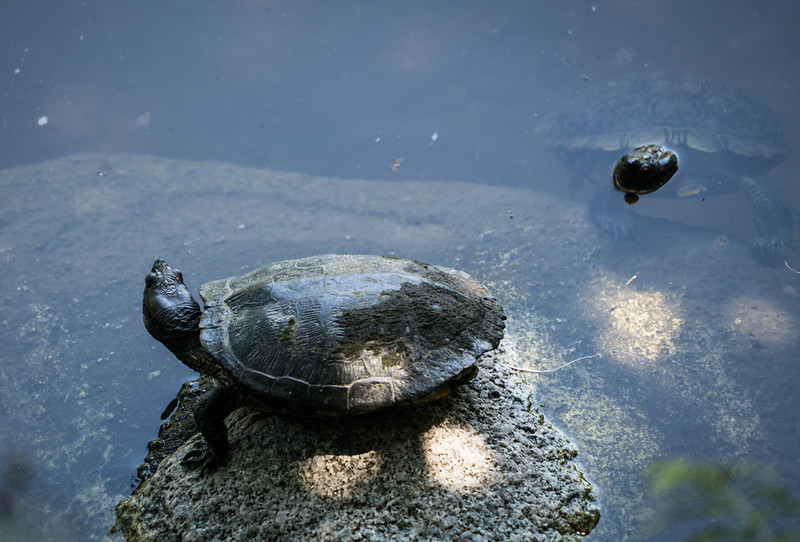
Huntington Beach breaks from the East Coast pattern as one of the few West Coast locations where sea turtles occasionally nest. While not as reliable as Atlantic beaches, the area has recorded green turtle nests in recent years, possibly due to changing ocean conditions. The beach’s surf culture and pier make it a unique turtle-watching destination, though visitors should manage expectations, as nesting events here remain rare. Local marine organizations monitor the beaches and provide updates when turtle activity is detected.
Timeless Guardians of the Coast

These beach towns serve as modern-day stewards of an ancient ritual that has played out for millions of years. While the coastal communities have changed dramatically over the decades, the turtles continue their timeless journey from sea to shore, driven by instincts older than human civilization.
Today’s conservation efforts represent a remarkable partnership between nature and humanity, where beachfront development coexists with turtle protection through careful planning and community involvement. The success of these programs shows that popular beach destinations can thrive while still providing safe havens for these magnificent creatures. Each nest that successfully hatches represents not just the continuation of an ancient species, but also the dedication of countless volunteers and visitors who’ve chosen to prioritize conservation alongside recreation.
More from Travel Pug

- 20 Best Beach Towns in the Carolinas
- 13 Destinations Where Tourists Regularly Regret Their Trip
- 20 Things You Actually Get in First Class
- 20 Small Airports With Aviation Museums
- 20 Places in the U.S. That Are Perfect for a Reset Trip
Like Travel Pug’s content? Follow us on MSN.
